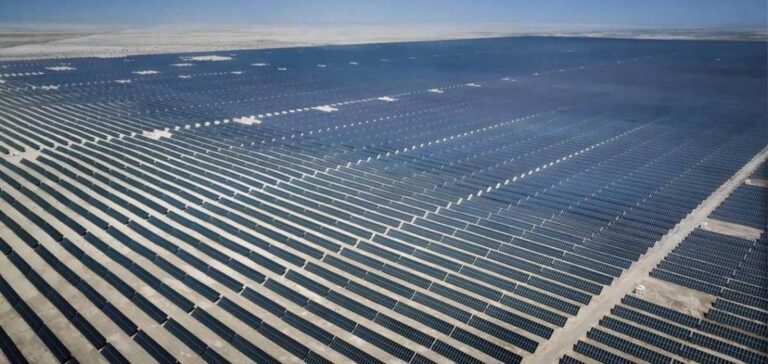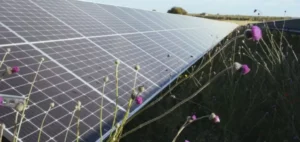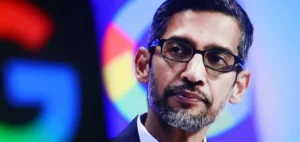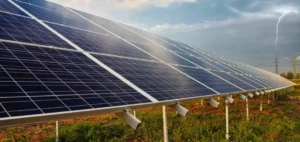China, already a world leader in renewable energies, continues its aggressive expansion with the 3.5 GW Midong solar project in Xinjiang.
This project currently represents the largest solar installation in operation in the country.
However, China is not stopping there, and is already planning even more ambitious initiatives, such as the Tengger solar park in Inner Mongolia, which is set to reach 8 GW once completed.
China’s strategy is based on a massive increase in installed capacity, with 339 GW of renewable projects under construction, including 180 GW in solar alone.
This rapid expansion is a direct response to China’s growing need for electricity and its desire to reduce its dependence on fossil fuels, while consolidating its position as world leader in renewable energies.
India bets on Khavda solar park
India, the sector’s second-largest player, continues to strengthen its energy infrastructure with the Khavda solar park in Gujarat.
This hybrid project, which combines solar and wind power, is aiming for a total capacity of 30 GW by 2027.
Currently, 551 MW of solar capacity is already in operation, marking a key milestone in the national goal of achieving 500 GW of renewable energy by 2030.
India’s rapid progress in the energy sector testifies to its desire to diversify its sources of supply and gradually reduce its dependence on coal.
This project is crucial for the country as it strives to modernize its energy infrastructure while meeting growing demand.
Strategic solar projects in the Middle East and Africa
The United Arab Emirates, with the Al Dhafra solar power plant, is also positioning itself as a key player in the field of renewable energies.
This 2 GW facility, located near Abu Dhabi, is a centerpiece of the UAE’s strategy to triple its renewable energy capacity by 2050.
Covering an area of 21 square kilometers, the project reflects the country’s commitment to diversifying its energy mix.
In Africa, the Benban solar park in Egypt is one of the largest solar installations on the continent, with a capacity of 1.5 GW.
Financed by the World Bank, this project plays a vital role in supplying electricity to over 420,000 households.
This is a strategic initiative for Egypt, which is seeking to strengthen its energy independence while attracting foreign investment in the renewable energies sector.
The United States, a major player on the rise
In the United States, the Chill Sun solar project in Nevada, with a planned capacity of 2.25 GW, demonstrates the country’s commitment to strengthening its renewable energy infrastructure.
Nevada, with its favorable climatic conditions, is already a hub for solar installations, and this new project will help increase the share of solar energy in the national energy mix.
Currently, the United States has 40 GW of solar and wind projects under construction, representing a significant proportion of the country’s electricity production.
Although development is slower than in China, the United States continues to make progress, supported by favorable policies and private initiatives to increase its clean energy production capacity.






















